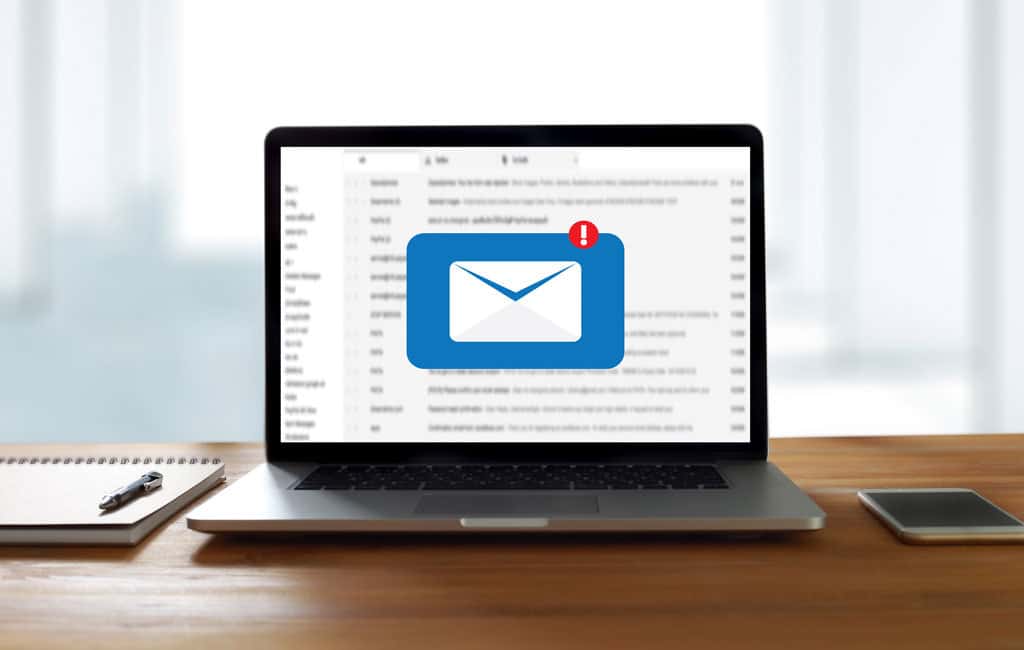A Dynamic Situation
There’s a battle out there for people’s attention, and your choice of weapons is largely determined by the preferences of your developer audience. The key element is your outbound strategy and whether you go social or email. The biggest difference between social and email marketing remains the ability to better target your audience — specifically, group targeting with social media and targeting individuals with email.
The marketing environment remains highly dynamic. On the social side, you have structural uncertainty at Twitter and regulatory concerns among the other social platforms. On the email side, privacy concerns have led to discussions around GDPR-type privacy regulations in the US which could restrict the reach of email campaigns. Individual states are also considering enacting regulations. Amidst all of this controversy, marketing still remains an imperative, and it’s the key to creating demand for your products.
What Do Advertisers Want to Say?
According to data published by HubSpot, a CRM and marketing automation platform, email marketing is 40 times more effective than Facebook and Twitter when it comes to customer acquisition, thanks to its versatility and targeting capability.
An email marketing campaign is one of the most effective marketing tools because it offers a thread of continuity which can help you achieve your most important business goals, including:
- Generating click-throughs
- Creating sales leads
- Qualifying prospects
Advertisers want to build brands. They want to educate their audience, and they want prospective customers to respond to their calls to action. They want to be heard over the noise of so many other vendors and advertisers out there.
What Do Developers Want to Hear?
The biggest advantages of using social media marketing include immediacy and spontaneity. but in the urgency to post timely tweets, links, or ebooks, marketers may tend to forget that social media platforms were designed for social interactions.
Effectively using social media to generate leads is not as easy as it seems — because it’s imperative to know what your audience is looking for from their social channels. Posting technical specifications or self-serving promotional messages will turn more developers off than on. If you’re at a conference or trade show, and you’re socially engaged with your audience, use social media to your advantage. But for a more pragmatic approach, look to email.
Email marketing campaigns tend to be more comprehensive by design because they follow a theme. Emails have the ability to tell a story that supports the buyer’s journey. Using this “programmed” approach offers the opportunity for an audience to fulfill a need that marketers create when they’re encouraged to purchase a product or service. Then, they come back for more because trust has been established.
For example, a new editing tool or debugging tool may not be in great demand until the need is explained and the developer understands how much time and effort can be saved using the new tool. A cohesive email outreach campaign can be used to grab attention, define the problem, and offer the solution. (Contrast this with the sporadic effect of a single eblast, post or tweet).
Proof of Concept
We’ve established that an email marketing campaign offers tangible benefits over other marketing options. Here are relevant data and considerations that support the benefits of an email marketing campaign:
- While social media marketing may be more mobile (social media info is easier to read on a mobile device vs. an email), remember the 280 character limit on Twitter, and the fact that brevity is an expected norm in social media. Can you say everything you want in 280 characters?
- There are 4 billion daily email users, and that number will increase to 4.6 billion by 2025. That’s a big audience, but it’s imminently segment-able, so that you can address a manageable portion of developers.
- More than 306 billion emails are sent and received every day. While many people complain about email volume, SPAM, and email marketing, people still read emails.
- Across the technology service industry, the average email open rate is 19.8%. The click-through rate is 2%, with a bounce rate of 12%. While social media usage is very close to daily email use, at 4.6 billion users, it is much harder to attribute marketing efforts to sales through social media.
Over the lifetime of your products, your email campaign efforts will evolve. Think of your campaign as an “evergreen” campaign, funded as a priority on an annual basis.
Conclusion
Despite the fact that so many other communication channels are available, 99% of email users check their inboxes every day. We have an innate need to see if someone is trying to communicate with us, and we do not want to miss an important message. According to a Bluecore survey, 72% of Gen X, 64% of Millennials, and 60% of Gen Z consider email the most personal channel to receive brand communications. So across all generations, there is a high degree of affinity to email as a trusted communication source.
Additionally, research shows that email marketing generates $36 for every dollar spent, a stat that should make email marketing a top priority for your 2023 marketing strategy. An email marketing campaign is one of the most effective means of reaching and engaging your audience in a multi-touch journey that generates, qualifies, and nurtures leads to become customers.
The channel you choose defines the direction and depth of your developer communications. The challenge is to exploit the increased opportunities that an email marketing campaign offers. Consulting with a professional marketing organization such as DeveloperMedia can uncover opportunities and increase the efficiency of your efforts. To learn more about email campaign basics, check out this introduction.
Resources
HubSpot Email Marketing Guide
https://blog.hubspot.com/marketing/email-marketing-guide
DeveloperMedia
https://developermedia.com
Email statistics for B2B – Content Marketing Institute
https://contentmarketinginstitute.com/wp-content/uploads/2019/10/2020_B2B_Research_Final.pdf
Email attribution – SendGrid
https://sendgrid.com/blog/email-marketing-vs-social-media/
Engagement Report – Bluecore
https://bluecoreweb.wpengine.com/resources/millennials-engage-brands-report-2016/
Daily email users – Statista
https://www.statista.com
Average email open rate – Constant Contact
https://knowledgebase.constantcontact.com/articles/KnowledgeBase/5409-average-industry-rates?lang=en_US
Email ROI – Litmus
https://www.litmus.com/resources/email-marketing-roi/
Email marketing basics – DeveloperMedia
Dev Marketing 101: Email Marketing · DeveloperMedia
Privacy Laws
https://www.osano.com/articles/data-privacy-laws



